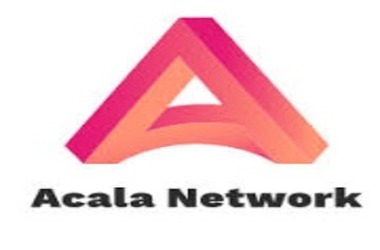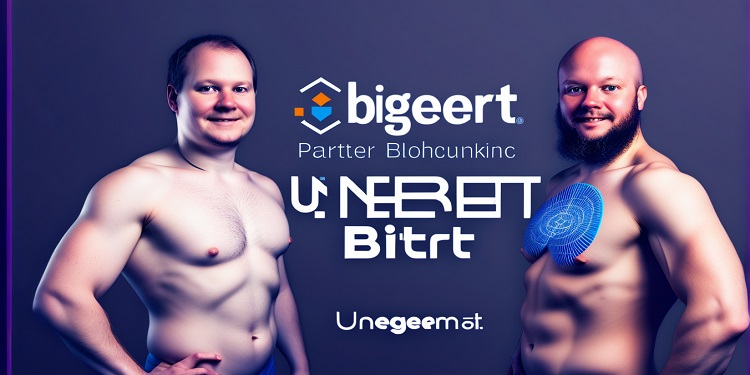 In 2021, interoperability and decentralized finance appears likely to be two main developments. Consequently, the Acala decentralized network’s core programmers has confirmed the roll out of an Acala EVM (Ethereum Virtual Machine) that will function as a link between Ethereum and Polkadot.
In 2021, interoperability and decentralized finance appears likely to be two main developments. Consequently, the Acala decentralized network’s core programmers has confirmed the roll out of an Acala EVM (Ethereum Virtual Machine) that will function as a link between Ethereum and Polkadot.
Acala’s core team disclosed in a media release that its EVM would enable programmers working on Web3, Solidity, and Substrate to work on a common platform.
The media release states that Acala EVM, in accordance with the other features provided by the platform, “brings protocol composability for EVM and Substrate runtime (aka pallets) and enables developers to build and deploy DAppson Acala with exceptional tooling support.”
Acala is a SubstratumNetwork powered-stablecoin custom built for Polkadot. Programmers may use native crypto tokens or multi-chain tokens including DOT, ACA, aUSD, renBTC with ERC-20 tokens, and perhaps even Bitcoin (BTC) with the latest EVM. Team Acala explains:
“ERC-20tokens deployed in the EVM can also be made available at the runtimelevel, to be listed in the DEX, or (by governance approval) to be used as gasfee tokens. This means that, for example, our friends at Ampleforth candeploy AMPL contracts on Acala EVM to be made available as a nativetoken, so it can be used to pay transaction fees and listed directly on ourDEX.”
Users of Acala EVM can move their UNI token, for example, on the Acala network and perform a trade, among some of the applications that are spoken about. Furthermore, users are allowed to settle trade confirmation fees on Acala using “any token”. The core team behind the platform details as follows:
“Send your ETH, and start deploying your wrappedETH immediately using it as the gas fee. No need to go out and find ACA.”
Other real-life use cases include the privilege to carry out repeated purchases. Therefore, on Acala, subscriptions to unique offerings may be allowed. Borrowing, lending, trading of synthetic assets and interest-earning products, among others, are now provided by the platform.
Henceforth, because of their minimal costs, ERC-20 and native tokens will be able to interact with any of these apps and with Acala’s several product offerings and services that are distinct from rest of the platforms. The core team declares:
“We’ll continue to keep the community updated on the progress of the Acala EVM, as well as further educational material on the different benefits it provides to the ecosystem. As always, you can find us on Discord or any of our channels below.”








